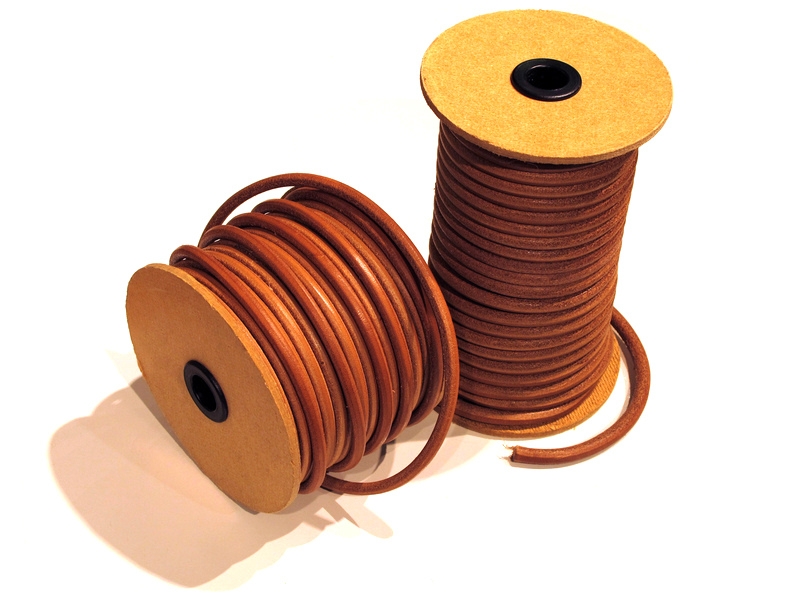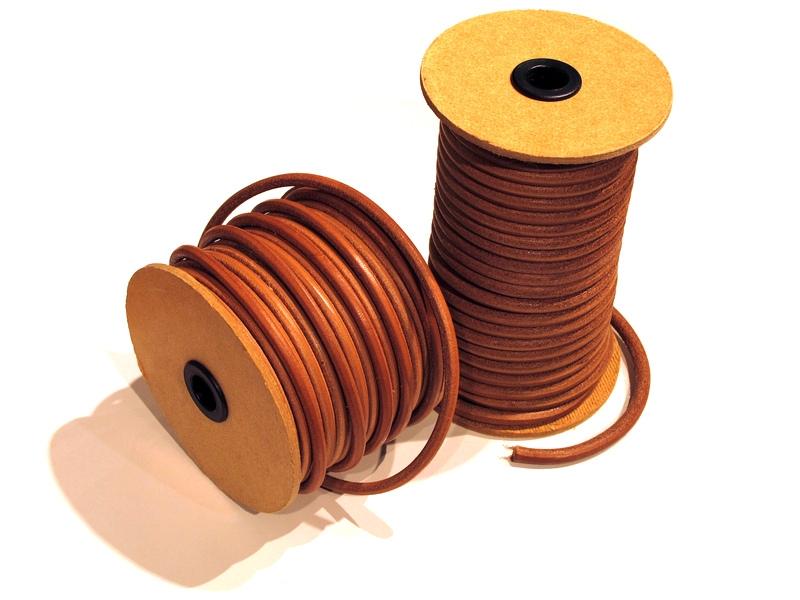
Early lathes, light-duty milling machines, sensitive drills, Singer and other makes of sewing machine and assorted power tools were often driven by a round leather belt, the method sometimes referred to in contemporary literature as a "gut" drive.
The belting is still available and usually in stock for immediate delivery. The belts are joined by a simple, pre-formed wire clip, one of which is supplied with all orders. If extra clips are required, they can be ordered here: https://store.lathes.co.uk/parts/drive-belts/round-leather-belt-clip. However, the belts can also be glued, as in the following instructions for 3 mm belt. Although 5mm and larger diameters are usually joined with the supplied clip, no clips are made for the 3mm.
Solutions are:
- make your own clip from a piece of wire
- stitch use a length of guitar string
- glue the belt using a scarfed joint.
To make a scarfed joint, either hold the leather against a strip of wood and use a flap wheel on a Dremel to grind it down, or clamp the leather in a vice at an angle so that the required length of scarf is exposed then slice across with a Stanley knife. This process is remarkably easy - though it might be wise to practise first on a short, spare length. The glue to use is an impact type, such as EvoStick; apply a thin layer and allow to dry (10 minutes minimum). Apply a second thin layer and allow to dry. Now use a small vice to squeeze the two overlapping sections together. Don't over-tighten, just squeeze the ends together firmly and leave clamped overnight. Although the belt will be distorted over the join - and you might want to clean it up with the Dremel and flap wheel or Stanley knife - it will still drive perfectly and regain most of its round profile after a day or two running.
Any problems or questions? Just phone 01298-871633
